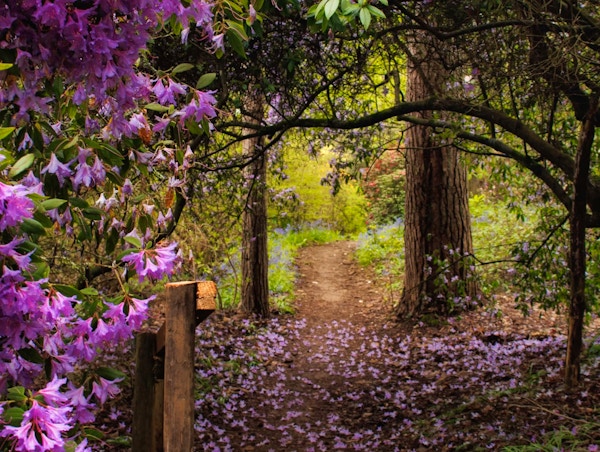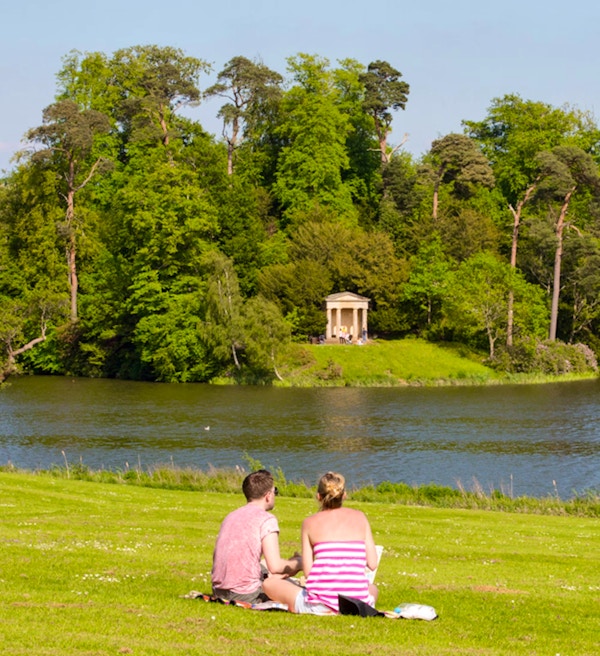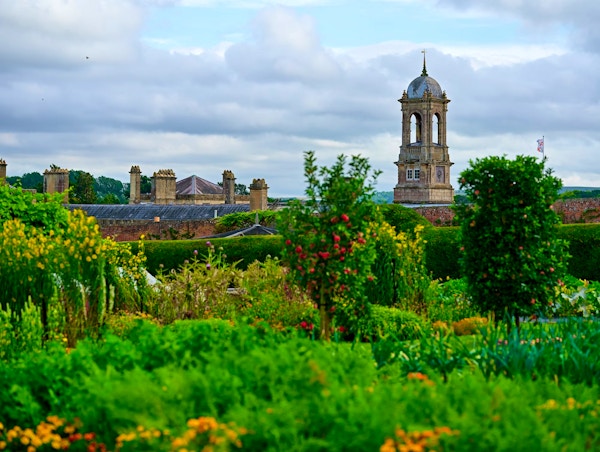
Deadheading Tips
July is an ideal time to start deadheading your plants to keep your garden blooming for longer. When a flower produces a seed pod, the plant believes it has completed its life cycle. By removing spent blooms before they go to seed, you can trick the plant into producing more flowers.

Roses respond particularly well to deadheading. Cut the plant back to its first five healthy leaves beneath the flower to encourage new shoots, feeding them afterwards to support a second flush of blooms. You can continue deadheading right through to August to help set up a strong autumn display of colour. Sweet peas benefit from regular picking and the removal of seed pods, and it’s also worth deadheading annuals to extend their season and keep your beds looking fresh.”
Greenhouse Care Tips
Greenhouses can easily overheat in the height of summer, so it’s essential to manage temperature and airflow to protect your plants. Ventilate by opening windows and doors during the day to let in fresh air, keeping them open overnight while the temperatures stay high.
On the hottest days, I recommend watering your greenhouse plants once a day and easing off when the weather cools. You can also damp down the greenhouse floor and benches a few times during the day to increase humidity and reduce the temperature through evaporation. This method not only cools the space but also reduces the risk of pests like whitefly, mealybug, and red spider mite which thrive in dry, hot conditions.

Ventilating your greenhouse will also reduce the likelihood of diseases like mildew establishing amongst your plants. Maintaining a consistent airflow and moisture are key to keeping your greenhouse plants healthy through the summer.
Pruning Tips
Summer pruning helps to tidy plants and encourage healthy new growth. Wisteria in particular benefits from a trim in August to shorten the long stems it produces. While the winter prune shapes the plant for the future and encourages flowering, the summer prune keeps the shrub tidy and looking its best.

Now is also the time to prune shrubs like Deutzia and philadelphus after they finish flowering. I suggest shortening the length and removing a third of the old flowering stems to encourage new growth from the base. Pruning encourages strong new growth and sets them up for the following year.
If you have late-flowering shrubs, wait until next spring to prune them so you don’t risk cutting off next season’s flowers. Waiting until spring to prune late flowering shrubs gives the shrub more chance to grow new flowers in spring and summer.





